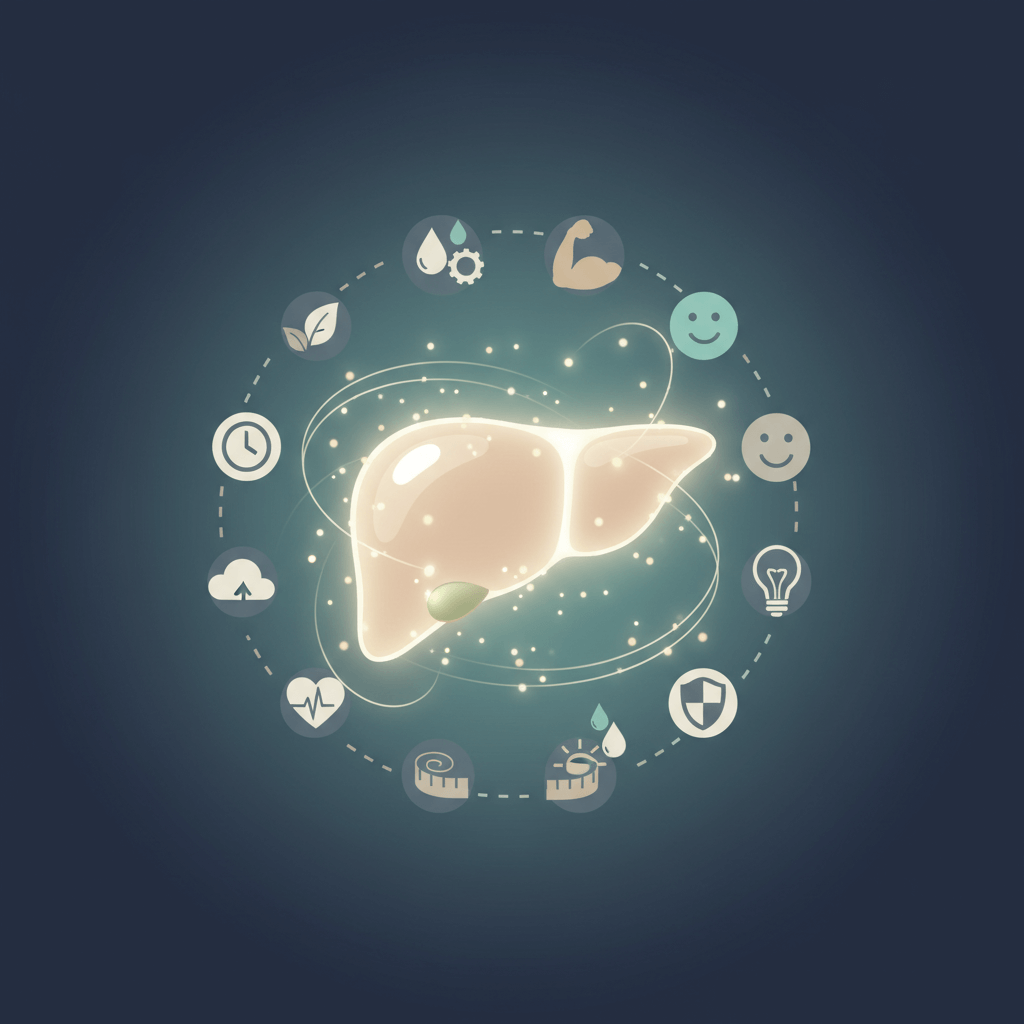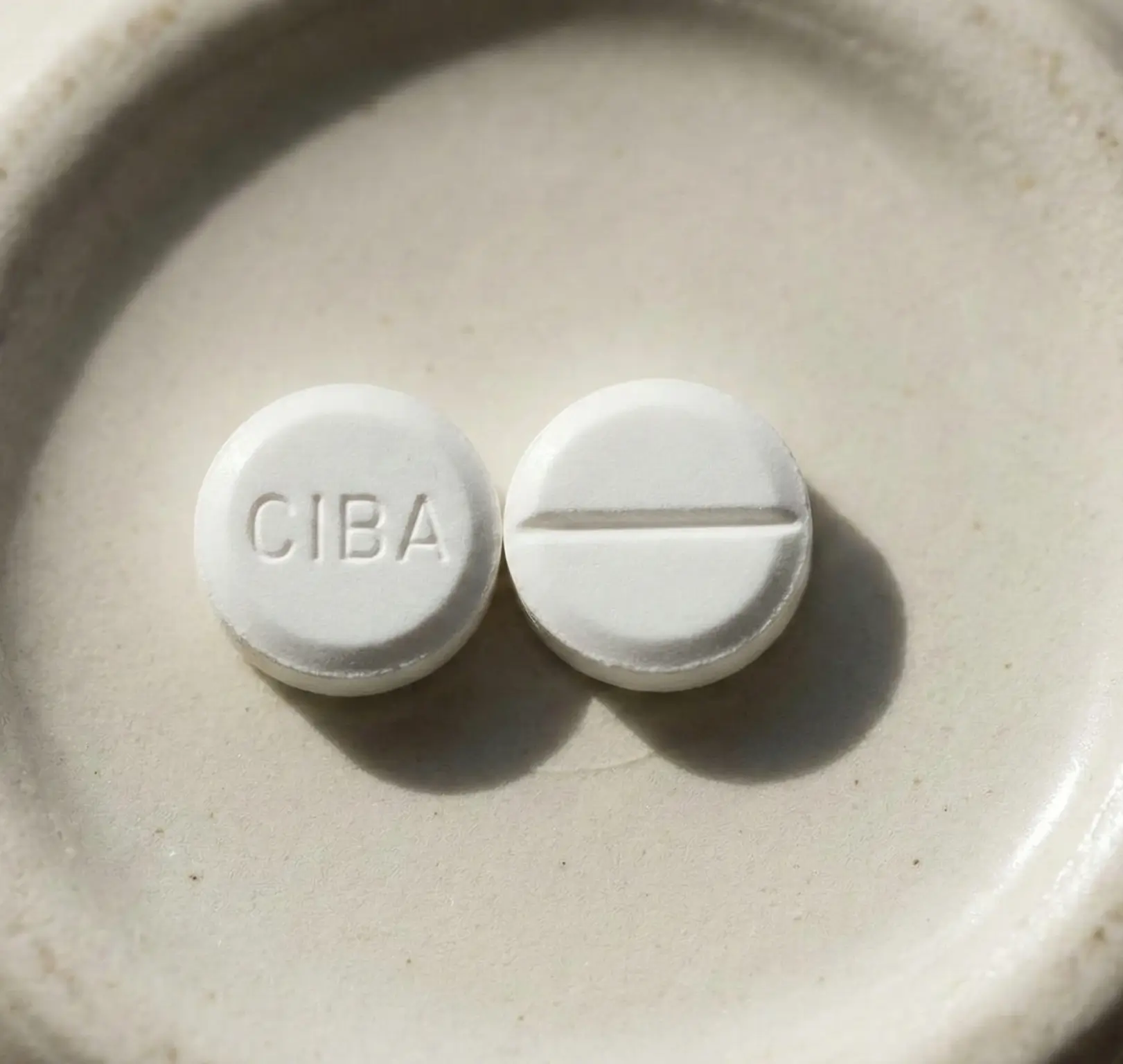Understanding Opioid Misuse
The rise in heroin-related deaths has become a significant concern in recent years, shedding light on the connection between prescription painkillers and heroin. According to data from the National Institute on Drug Abuse (NIDA), drug overdose deaths involving heroin reached alarming levels, rising from 1,960 in 1999 to 15,482 in 2017. Although there has been a slight decline in numbers with 13,165 deaths in 2020 and 9,173 deaths in 2021, the increase in heroin-related deaths over the years remains significant.
To combat the intertwined problems of prescription opioid misuse and heroin use, the Secretary of Health and Human Services announced the Secretary’s Opioid Initiative in March 2015. The aim of this initiative is to reduce addiction and mortality related to opioid drug abuse [1]. By addressing the root causes and implementing comprehensive strategies, this initiative strives to minimize the devastating effects of opioid misuse on individuals and society.
Understanding the connection between prescription painkillers and heroin is essential in combating the opioid crisis. Prescription opioids and heroin are part of the same opioid drug category and overlap in significant ways. Research has shown that the misuse of prescription opioids can serve as a risk factor for heroin use.
A study conducted from 2002 to 2012 revealed that the incidence of heroin initiation was 19 times higher among individuals who reported prior nonmedical pain reliever use compared to those who did not. Another study focused on young, urban injection drug users found that 86% had used opioid pain relievers nonmedically before transitioning to heroin. The sources of these opioids ranged from family, friends, or personal prescriptions.
Furthermore, there has been a notable shift in the pattern of opioid abuse. In the 1960s, over 80% of individuals entering treatment for heroin addiction had started with heroin abuse. However, in the 2000s, 75% of those seeking treatment for heroin addiction reported that their first opioid was a prescription drug. This shift highlights the transition from prescription opioids to heroin as the drug of choice.
Addressing opioid misuse requires a comprehensive approach that includes prevention strategies and treatment approaches. Prevention strategies focus on educating individuals about the risks of prescription opioid misuse, promoting responsible prescribing practices among healthcare professionals, and implementing programs to reduce the availability of prescription opioids for nonmedical use. Treatment approaches involve providing evidence-based interventions, such as medication-assisted treatment and counseling, to individuals struggling with opioid addiction.
By understanding the rise in heroin-related deaths and the Secretary’s Opioid Initiative, we can begin to address the complex issue of opioid misuse. Through prevention efforts and effective treatment approaches, we can work towards reducing the devastating impact of opioid addiction on individuals, families, and communities.

Connection with Prescription Painkillers
The connection between prescription painkillers and heroin is a concerning issue that has gained significant attention in recent years. Understanding this connection is crucial in addressing the opioid crisis and developing effective strategies for prevention and treatment.
Opioids and Heroin Usage
There is a clear link between the use of prescription painkillers, also known as opioids, and the subsequent use of heroin. Research has shown that a substantial number of individuals who misuse prescription opioids eventually turn to heroin as their drug of choice.
Pooling data from 2002 to 2012, a study found that the incidence of heroin initiation was 19 times higher among individuals who reported prior nonmedical use of pain relievers compared to those who did not use them nonmedically. This highlights the significant risk factor of prescription opioid use for transitioning to heroin.
Moreover, another study conducted on young, urban injection drug users revealed that 86% of them had used opioid pain relievers nonmedically before turning to heroin. These individuals often obtained opioids from family, friends, or personal prescriptions, indicating a clear pathway from prescription opioids to heroin use.
Factors Leading to Heroin Use
Several factors contribute to the transition from prescription opioids to heroin use. One significant factor is the increased availability of heroin. As stricter regulations and monitoring have been implemented to curb the misuse of prescription opioids, some individuals turn to heroin as a cheaper and more accessible alternative [2].
Another factor is the similarity between prescription opioids and heroin. Both substances belong to the opioid class of drugs and produce similar effects in the brain. When individuals develop a tolerance to prescription opioids or are no longer able to access them, they may turn to heroin as a substitute to achieve the desired effects.
Furthermore, the shift from heroin being the initial drug of choice to prescription opioids as the first opioid used is a significant trend observed in recent years. In the 1960s, the majority of individuals seeking treatment for heroin addiction started with heroin abuse. However, in the 2000s, 75% of those seeking treatment reported that their first opioid was a prescription drug. This shift highlights the changing pattern of opioid abuse, with prescription opioids becoming the gateway to heroin use.
Understanding the connection between prescription painkillers and heroin is crucial for addressing the opioid crisis. Efforts to prevent opioid misuse and promote effective treatment approaches should consider the factors leading to heroin use and the pathways from prescription opioids to heroin. By implementing comprehensive strategies, we can work towards reducing the risks associated with opioid misuse and improving public health outcomes.
Transition from Prescription Opioids to Heroin
The misuse of prescription opioids has been closely linked to the subsequent use of heroin. Understanding the transition from prescription opioids to heroin is crucial in addressing the opioid epidemic effectively. This section explores study findings on opioid use and the shift in treatment approaches over the decades.
Study Findings on Opioid Use
Multiple studies have highlighted the strong connection between prescription opioid use and the subsequent initiation of heroin use. Data collected from 2002 to 2012 reveals that the incidence of heroin initiation was 19 times higher among individuals who reported prior nonmedical pain reliever use compared to those who did not. The study findings emphasize the significant role that prescription opioids play as a risk factor for heroin use.
Furthermore, a study conducted on young, urban injection drug users found that 86% had used opioid pain relievers nonmedically before initiating heroin use. These individuals often obtained opioids from family members, friends, or personal prescriptions, indicating multiple sources for the initial opioid exposure. This highlights the need for comprehensive prevention strategies that address both the legitimate use and misuse of prescription opioids.
Treatment Shift Over Decades
The treatment landscape for opioid addiction has undergone significant changes over the decades. A notable shift has occurred in the profile of individuals seeking treatment for heroin addiction. In the 1960s, over 80% of those entering treatment for heroin addiction started with heroin use. However, in the 2000s, 75% of individuals who began abusing opioids reported that their first opioid was a prescription drug [2].
This shift underscores the evolving nature of the opioid crisis and the importance of addressing the misuse of prescription opioids as a critical factor leading to heroin use. Treatment approaches have adapted to accommodate these changes, with a greater emphasis on providing comprehensive care for individuals struggling with opioid addiction. This includes a focus on evidence-based medication-assisted treatment, counseling, and support services.
By understanding the transition from prescription opioids to heroin, policymakers, healthcare professionals, and communities can develop targeted interventions to prevent opioid misuse and reduce the risk of transitioning to heroin. A multifaceted approach that encompasses prevention strategies, early intervention, and access to effective treatment is crucial in addressing the complex challenges posed by the opioid epidemic.
Impact on Health and Society
The connection between prescription painkillers and heroin misuse has had a significant impact on both individual health and society as a whole. Two key aspects that highlight this impact are substance use disorders and gender disparities in opioid use.
Substance Use Disorders
Prescription opioids can lead to substance use disorders, with repeated misuse potentially causing addiction. Addiction to opioids can have severe consequences on an individual's health and overall well-being. It can result in physical and mental health problems, interfere with daily responsibilities, and contribute to changes in the brain that drive compulsive drug use.
Individuals who develop substance use disorders related to opioids may face challenges in various aspects of their lives, including relationships, employment, and financial stability. The cycle of addiction can be difficult to break, and withdrawal symptoms following cessation of opioid use can be severe and uncomfortable.
Gender Disparities in Opioid Use
There are distinct gender disparities in opioid use and its consequences. Women have a unique set of risk factors for opioid use disorder. They are more likely than men to experience long-term pain, receive higher doses of opioid medicines, use opioids for longer durations, and have a higher likelihood of becoming dependent on prescription pain relievers.
Pregnant women using prescription opioids also face specific risks. They run the risk of neonatal abstinence syndrome, miscarriage, and low birth weight in infants. However, treatment with medications like methadone or buprenorphine, combined with comprehensive prenatal care, can mitigate adverse outcomes related to untreated opioid addiction in pregnant women.
Understanding and addressing gender-specific factors in opioid use is crucial for providing effective prevention strategies, treatment approaches, and support systems to individuals who are at risk or already struggling with opioid misuse.
The impact of opioid misuse on health and society extends beyond substance use disorders and gender disparities. It affects families, communities, and the healthcare system at large. By recognizing and addressing these issues, comprehensive efforts can be made to combat the opioid crisis and promote healthier, safer communities.
Addressing Opioid Misuse
To combat the significant issue of opioid misuse, various prevention strategies and treatment approaches have been developed. These approaches aim to address the connection between prescription painkillers and heroin use, and to reduce addiction and mortality related to opioid drug abuse.
Prevention Strategies
Prevention strategies play a crucial role in addressing opioid misuse. It is essential to educate healthcare providers, patients, and the general public about the risks and potential consequences of opioid misuse. Some key prevention strategies include:
- Patient Education: Providing patients with clear information about the risks and benefits of opioid painkillers, as well as alternative pain management options, can help prevent unnecessary exposure to opioids. Emphasizing the importance of using opioids for the shortest duration and at the lowest effective dose.
- Prescriber Education: Educating healthcare providers on appropriate prescribing practices, including guidelines for opioid use, can help reduce the overprescribing of opioids. Encouraging healthcare providers to discuss the risks, benefits, and potential alternatives to opioids with their patients is essential.
- Enhanced Prescription Monitoring Programs: Implementing prescription drug monitoring programs that track the prescribing and dispensing of opioids can help identify potential cases of misuse or overuse, allowing for early intervention and appropriate referral to treatment programs.
Treatment Approaches
Treating opioid misuse requires a comprehensive approach that addresses the physical, psychological, and social aspects of addiction. Several treatment approaches have been proven effective in helping individuals overcome opioid addiction:
- Medication-Assisted Treatment (MAT): Medications for opioid overdose, withdrawal, and addiction, such as methadone, buprenorphine, and naltrexone, can be used as part of a comprehensive treatment plan. These medications help reduce cravings, manage withdrawal symptoms, and prevent relapse. MAT should be combined with counseling and behavioral therapies for optimal results.
- Counseling and Behavioral Therapies: Counseling and behavioral therapies are integral components of opioid addiction treatment. These approaches help individuals address the underlying causes of their addiction, develop coping skills, and make positive changes in their lives. Cognitive-behavioral therapy, contingency management, and motivational interviewing are among the evidence-based therapies used in opioid addiction treatment.
- Supportive Services: Providing individuals with access to supportive services, such as housing assistance, vocational training, and peer support groups, can enhance their chances of successful recovery. These services address the social and environmental factors that contribute to opioid misuse and provide individuals with the necessary tools to rebuild their lives.
By implementing these prevention strategies and evidence-based treatment approaches, it is possible to address the complex issue of opioid misuse and reduce the harm associated with prescription painkillers and heroin use. Timely intervention, comprehensive care, and ongoing support are crucial in helping individuals overcome opioid addiction and improve their overall well-being.
Heroin Trends and Risks
As the misuse of opioids continues to be a pressing concern, it is important to examine the trends and risks associated with heroin use. Heroin, an illegal opioid, is closely linked to the misuse of prescription painkillers. In this section, we will explore the demographic shifts in heroin use and the alarming increase in heroin-related overdose deaths.
Demographic Shifts in Heroin Use
Heroin use in the United States has witnessed notable demographic shifts in recent years. While rates of past-year heroin use were historically higher among men compared to women, rates have increased significantly across almost all demographic groups, including women CDC. In fact, the largest increase in heroin use occurred among women, with rates doubling CDC.
Furthermore, the rate of past-year heroin use among non-Hispanic whites increased by a staggering 114.3% from 2002-2004 to 2011-2013 CDC. This rise in heroin use is not limited to specific income levels or insurance coverage categories, as rates have increased across different annual household income levels and insurance coverage groups CDC. These shifts in heroin use patterns emphasize the need for comprehensive approaches to address this public health crisis.
Heroin-Related Overdose Deaths
The rate of heroin-related overdose deaths in the United States has experienced a devastating increase over the years. From 2002 to 2013, the rate of heroin-related overdose deaths rose by more than 286% CDC. This alarming trend gained significant momentum beginning in 2011, reflecting the urgent need for effective interventions and strategies to combat this crisis.
It is crucial to note the connection between the rates of past-year heroin abuse or dependence and heroin-related drug overdose deaths over time. A strong positive correlation exists between these two variables, highlighting the critical importance of addressing the root causes of heroin use and implementing comprehensive prevention and treatment measures CDC.
To combat the rising rates of heroin use and its associated risks, it is imperative to focus on prevention strategies, such as education and awareness campaigns targeting at-risk populations. Equally important is the implementation of evidence-based treatment approaches to provide support and assistance to individuals struggling with opioid misuse and addiction.
By understanding the trends and risks associated with heroin use, we can work towards developing effective interventions and policies to address this public health crisis. Combating the connection between prescription painkillers and heroin requires a comprehensive and multi-faceted approach that encompasses prevention, treatment, and ongoing support for affected individuals and communities.













